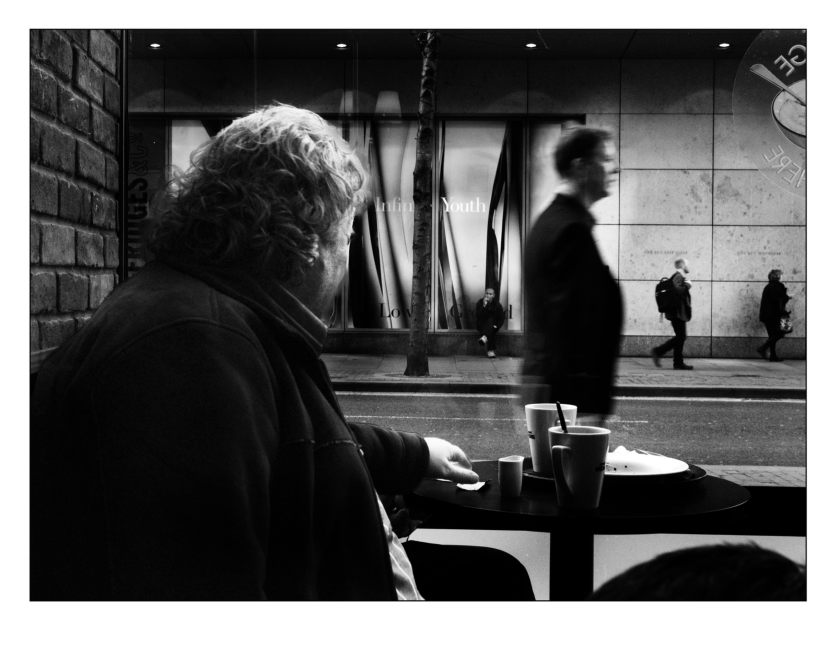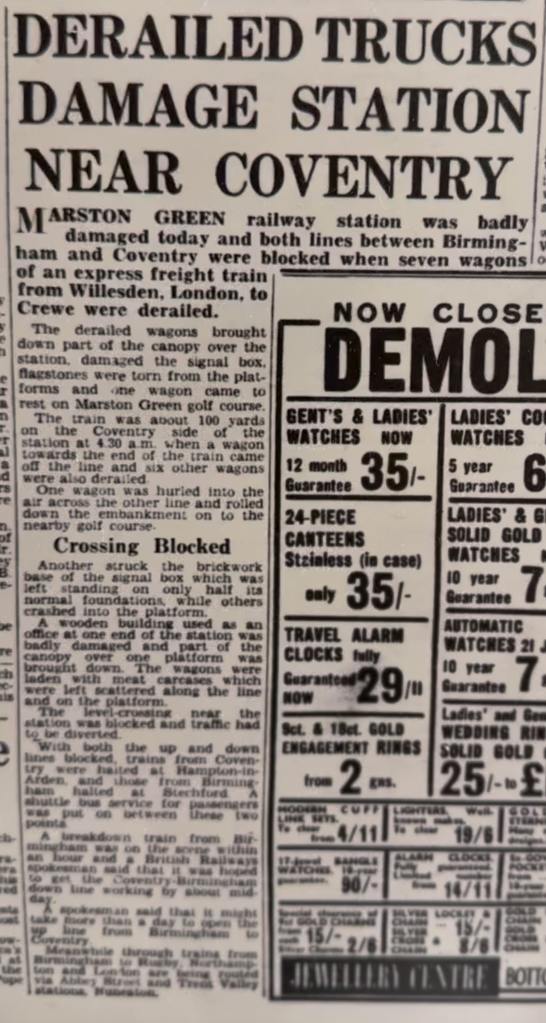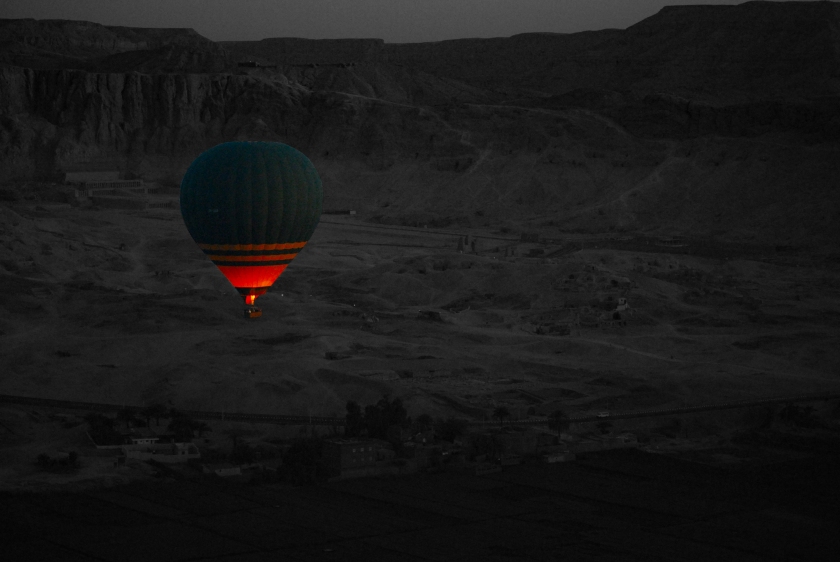Before you switch off with boredom, I don’t want to talk about the “Terminator’ effect. No, mine is a more mundane topic and one I have not heard discussed thus far in relation to AI.
As I understand AI, insofar as it relates to the production of images, is the production of a specific machine created image and is made possible by “Talking”, and I use the word loosely here, to a machine instructing it as to the type of picture you want produced, what you want included and telling it what you want to see. Sorry if I have been over simplistic here. The machine then constructs the image and delivers it to you.
I understand it uses data, i.e. images, from the vast resources of the web to make its construct. The question comes to mind; Do the AI packages pay for the use of these images to fabricate the final images? I’m guessing not. So the images are simply misappropriated, not in monetary terms, but for the benefit implicit in using those images. Afterall, if they are good enough to use for the AI company’s benefit then they are good enough to pay for. If not why not?
Let’s use this concept and take it to the next step. Say I were to take an AI generated image and re-purpose it – as in their model – for my own benefit and they were to sue me for Copyright infringement. Where would we both stand on this? I can’t see the rights they would stand on to prosecute. Afterall it would be an extension of their own business model i.e. stealing images to make their own, so suing another party for using what are afterall stolen images would seem to me to be shaky grounds for Copyright infringement.
This all begs the question Can AI generated images be called copyright at all?.
Finally, If I were to take one of these AI images and alter it slightly in a Photo editing package, would that overcome any attempt to sue for Copyright infringement?
I use the logic here that I am using a package to alter a picture – Just like the so called originator of that image used a package to alter an already existing image to arrive at their outcome.
How could one of these be right and the other wrong?
One could argue that my human guided, ‘hand made’ alteration has more copyrightable virtue as it would relate to me, a human and an individual in Law, the author of that finished image.
I look forward to seeing the results of the first case.
n.b. I know nothing about the law, as I have manifestly demonstrated above. These are just questions.
In the image world, you can see where AI is leading…
AI Generated Image wins Photo Competition













